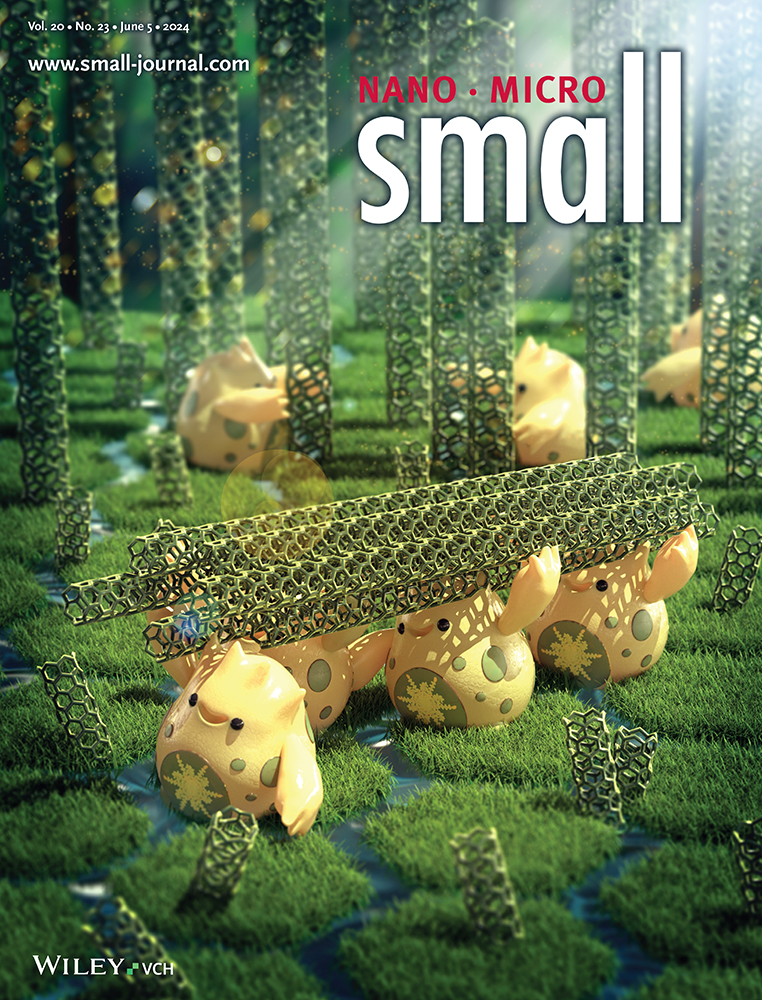A Short-Range Ordered α-MoO3 with Modulated Interlayer Structure via Hydrogen Bond Chemistry for NH4+ Storage
Abstract
The layered orthorhombic molybdenum trioxide (α-MoO3) is a promising host material for NH4+ storage. But its electrochemical performances are still unsatisfactory due to the absence of fundamental understanding on the relationship between structure and property. Herein, NH4+ storage properties of α-MoO3 are elaborately studied. Electrochemistry together with ex situ physical characterizations uncover that irreversible H+/NH4+ co-intercalation in the initial cycle confines the electrochemically reactive domain to the near surface of α-MoO3 thus resulting in a low reversible NH4+ storage capacity. This issue can be resolved by decreasing ion diffusion pathway to construct short-range ordered α-MoO3 (SMO), which improves the specific capacity to 185 mAh g−1. SMO suffers from dissolution issue. In view of this the interlayer structure of SMO is reconstructed via hydrogen bond chemistry to reinforce the structural stability and it is discovered that the hydrogen bond network only with moderate intensity endows SMO with both high capacity and ability against dissolution. This work presents a new avenue to improve the NH4+ storage properties of α-MoO3 and highlights the important role of hydrogen bond intensity in optimizing electrochemical properties.
Conflict of Interest
The authors declare no conflict of interest.
Open Research
Data Availability Statement
Research data are not shared.




